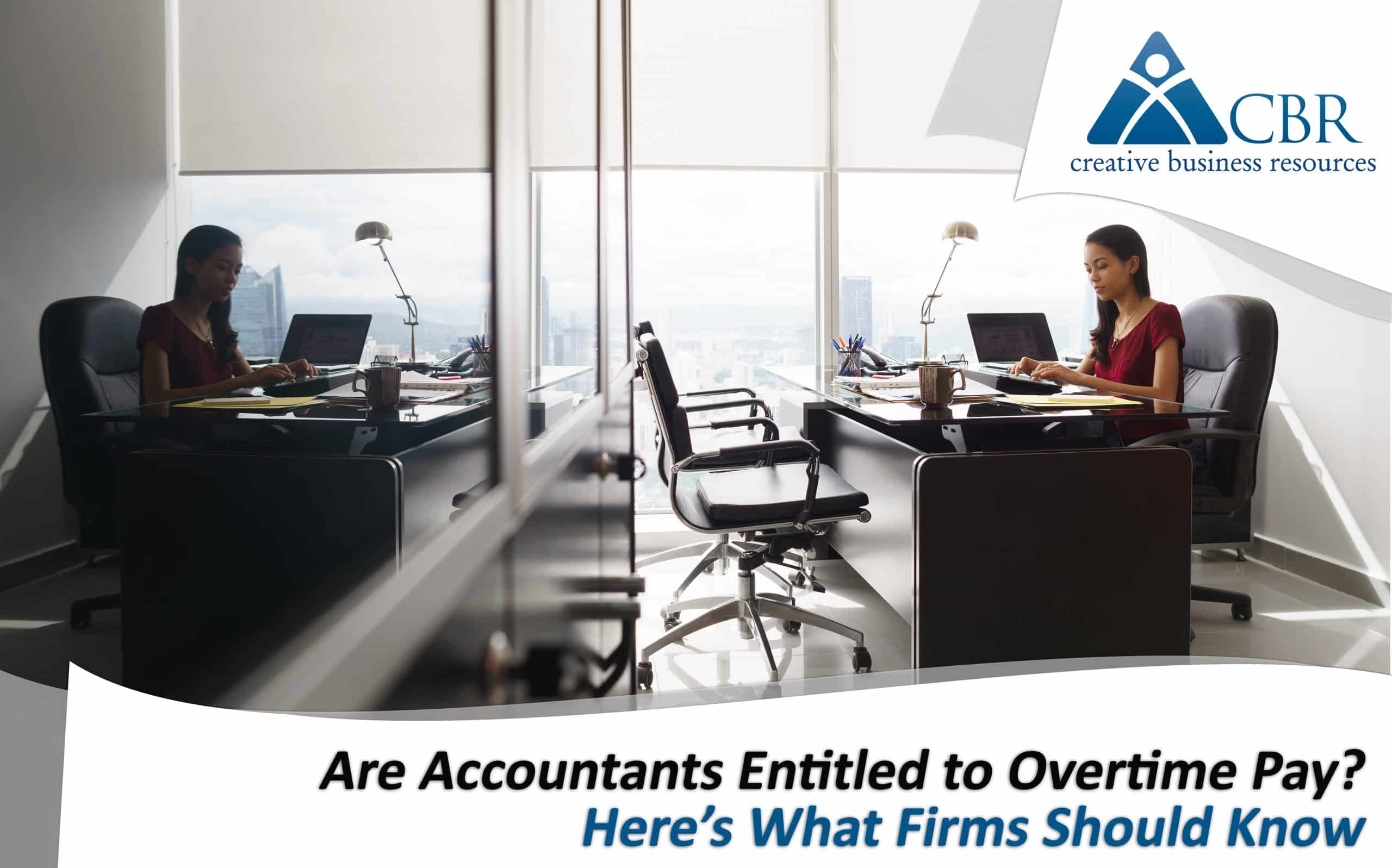By Scott Buchanan
Significant liabilities reside with the HR side of any business, yet the HR area is often overlooked or operates with few resources. This article will present the current view of 2 significant HR threats/challenges.
Employee versus Independent Contractor
Yes, you have certainly heard about this one before, but did you know that the Obama administration plans to hire 100 more enforcement personnel to focus on this issue and that the IRS is planning to audit approximately 6,000 companies to examine compliance with the law?
When a worker is properly classified as an employee, the employer must pay social security tax of 6.20% and Medicare tax of 1.45% of gross wages. The employer is generally obligated to also pay workers’ compensation insurance and federal and state unemployment tax (generally 3.5% for a new employer in Florida). Assuming that the workers’ comp premiums are 3% of gross wages, the total burden rate is 14.15% of gross wages, before applying the cost of employee benefits. It’s no wonder that so many employers are attempting to classify workers as independent contractors, especially in our current economic environment. However, the consequences of improper classification can be significant and potentially retroactive for the employer.
The initial determination of whether a worker is an employee or an independent contractor comes down to whether the company directs and controls the worker. If the answer is yes, then most likely that worker is an employee. The IRS developed a 20 factor “test” to assist companies in determining the proper classification of a worker, which includes such topics as the level of instruction and training provided by the company, the flexibility or lack of flexibility of the worker’s schedule, and a company’s demand for full-time work. The IRS also allows a company or a worker to file Form SS-8 for an IRS determination of worker classification. The IRS believes that workers often file an SS-8 to challenge their own treatment as an independent contractor by a company. This action has costly ramifications.
If a regulatory agency reclassifies an independent contractor as an employee, a number of issues and questions are presented. At a minimum, the IRS will charge an employer for back taxes, including the associated interest and penalties. The interest and penalties can be significant, especially since the taxes should have been paid on a quarterly basis in a prior year or years. If the reclassification determination is retroactive to a prior year, the question comes up regarding whether the employee should have been covered by the company health and retirement plans. What if the employee experienced a significant illness while previously classified as an independent contractor and was therefore not covered by the company’s health insurance plan? Can that employee now file a claim for reimbursement? What about the employer’s matching contributions in the company’s 401(k) plan that the employee would have been entitled to receive in prior years?
Unemployment Claim Administration
Many employers were shocked when they opened their 2010 unemployment rate notice in December and found out that their company was maximum-rated at 5.40%. Even though recent legislation in Tallahassee has temporarily reduced some employers’ rates, most employers still experienced a noticeable increase over 2009 rates after the revised rate notices were prepared by the state.
Proper unemployment claims administration can achieve significant cost savings and should focus on the following three areas: 1) the actual claim that may result when an employee is terminated, 2) the information on the quarterly benefit statements and 3) the information on the annual rate notice.
The unemployment system was established to provide a cushion to those employees who are laid off through no fault of their own. Claims resulting from a lay-off or business closing generally cannot be challenged; however, claims resulting from termination for cause generally may be challenged by an employer, especially if the employer maintains good documentation and has a witness available to testify at a hearing. For instance, if an employee has violated company policy and such violation was witnessed by another employee, the employer should consider challenging any claim made by the terminated employee for unemployment benefits. The employer may also want to challenge similar claims even if a witness is not available if strong documentation is available. Most of the initial hearings are now handled by phone, so the employer’s representatives generally don’t even need to leave their office to participate in the hearing. Each claim approved by the state increases the employer’s unemployment tax rate since the system is experience rated. For instance, a 40 employee company with a 5.40% unemployment tax rate will pay additional taxes of $12,320 versus that same company with a 1% rate. Accordingly, it is in the best interest of the employer to review each claim.
One of the easiest ways to potentially lower an employer’s rate is to review the quarterly benefit notices to determine if each claim charged to an employer’s account was actually from a former employee of that employer. Erroneous claims from employees of other employers can mistakenly be charged to your account and increase your tax rate. Performing this review each quarter is a best practice for any employer.
The third step all employers should take is to simply check the annual rate notice which typically arrives in December of each year and includes the tax rate which will become effective on January 1 of the next year. Another best practice is to confirm all the data contained in the notice and to recalculate the tax rate shown. If errors were noted on the quarterly benefit statements pursuant to step 2 above, were those errors corrected before the annual rate notice was prepared? If an error is noted on the annual rate notice, an employer typically has about 10 calendar days to notify the state of such error, so this review should begin as soon as the notice is received.
How does an employer prevent or mitigate these HR threats/challenges? Consider using a Professional Employer Organization (PEO). PEOs provide comprehensive HR outsourcing including payroll, human resources, benefits administration and risk management. The PEO you choose should have staff that is accredited by professional organizations, such as the the National Association of Health Underwriters (NAHU), the Western Pension & Benefits Council, the American Payroll Association (APA), Professionals in Human Resources (PHR), and the Society for Human Resource Management (SHRM). Another option is to establish a relationship with an HR consulting firm. Consulting engagements are flexible and can be tailored to your specific needs.
These few suggestions should help to keep your HR department, no matter how large or small, on the path to compliance.






























Leave A Comment
You must be logged in to post a comment.